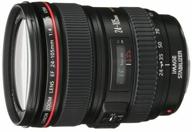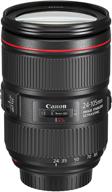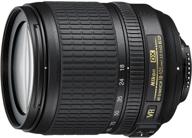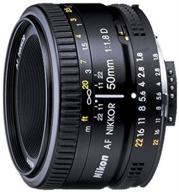
Review on 📷 Rokinon 12mm F2.0 Ultra Wide Angle Lens for Olympus/Panasonic Micro 4/3 Cameras - RK12M-MFT-SIL by Stacy Steckler

An excellent lens for its price. A very good lens for every price!
I use a Rokinon 12mm lens on several Olympus Micro Four Thirds cameras. Of course, setting the aperture manually and letting the computer set the shutter speed is a little different than letting silicon chips and firmware handle the entire process. In fact, it's a bit like photography when I learned this craft. That said, I think this much-lamented feature isn't an issue and probably a good tutorial for those transitioning from point-and-shoot cameras to truly flexible cameras. But you're probably more interested in how a lens works. I'm not going to tell you that a Leica lens (not just a branded lens) can be better, or that a Rokinon is superior to an Olympus lens. I can't say because I haven't had a chance to try these lenses in the real world. What I can say is that I took the Rokinon 12mm f/2.0 with me on a recent trip to Israel and used it in some pretty tricky situations: in darkened buildings where very bright glass was damn useful; in bright sunlight where a lack of color rendering would be evident; and also on gray days. The lens is sharp. I found that at f/2.0 it's a bit softer in the corners and at f/4.0 the sharpness reaches a very high standard. I didn't do any quantitative testing, but it certainly worked great at f/5.6. Given the focal length and the need to magnify Micro Four Thirds images twice as much as images from a full-frame sensor (i.e. 24 x 36mm, the size of a classic 35mm film negative), I think diffraction to f / 8. 0 - f/11. Given the large depth of field at just one f-stop, this shouldn't bother anyone. I was in the dark region of the sky and took some not very successful (my fault, I know the technique) astrophotos. With fast shutter speeds, the stars appear as sharp points rather than a blur in focus. Good sign. In addition to sharpness, the lens must be high-contrast and insensitive to glare. Rokinon handles the contrast side of things very well. The supplied lens hood is very useful in bright light and should always be used. I'm not a big fan of lens dimming, but they come in handy with a wide-angle lens like this. I've also shot with a Leica M9-P with 35, 50 and 90mm lenses and some Olympus lenses on my Oly bodies. I can easily mix Leica shots with Olympus lens shots and Rokinon shots in the same digital slideshow with no visible changes in quality or color rendition. The lens feels very solid and is comfortable to hold. . It is very light for its design. I called Rokinon to ask how they did it. Quite simply, this lens is specifically designed for mirrorless interchangeable lens cameras, it doesn't cover APS-C or full frame formats, as does the lens mount ring (modified at the South Korea factory to accommodate multiple different cameras) and other parts. The optics are appropriately dimensioned. This makes it smaller and lighter than a large format lens! Is it possible to get better, sharper, more contrasty photos with 12mm lenses starting at $600? Of course. If you couldn't, these companies would be out of business. But I don't shoot 12mm? (equivalent to a 24mm lens on a full-frame sensor) often enough to justify the extra cost. I have no magazines to sell, no advertisers to brag about. By my standards, this is a very positive review. I didn't get a promotional lens or an incentive to write one. I spent my own money to buy the lens and I'm very happy with it. If I were to consider the price I would give five stars. If I just look at this lens and compare it to other full frame 12mm or 24mm lenses, this is a four star product because there are better lenses out there that I don't need.
- Electronics
- Zero
New products
Comments (0)
Top products in 👓 Lenses

Canon EOS SLR Camera Lens EF 24-105mm f/4 L IS USM

124 Review

Black Canon EF 24-105mm f/4L IS II USM Lens - Model 1380C002

78 Review

New Nikon 18-105mm Vibration Reduction 📷 Zoom Lens with Auto Focus for Nikon DSLRs

104 Review

Nikon 50mm f/1.8D Lens: Perfect for Nikon DSLR Cameras!

97 Review





